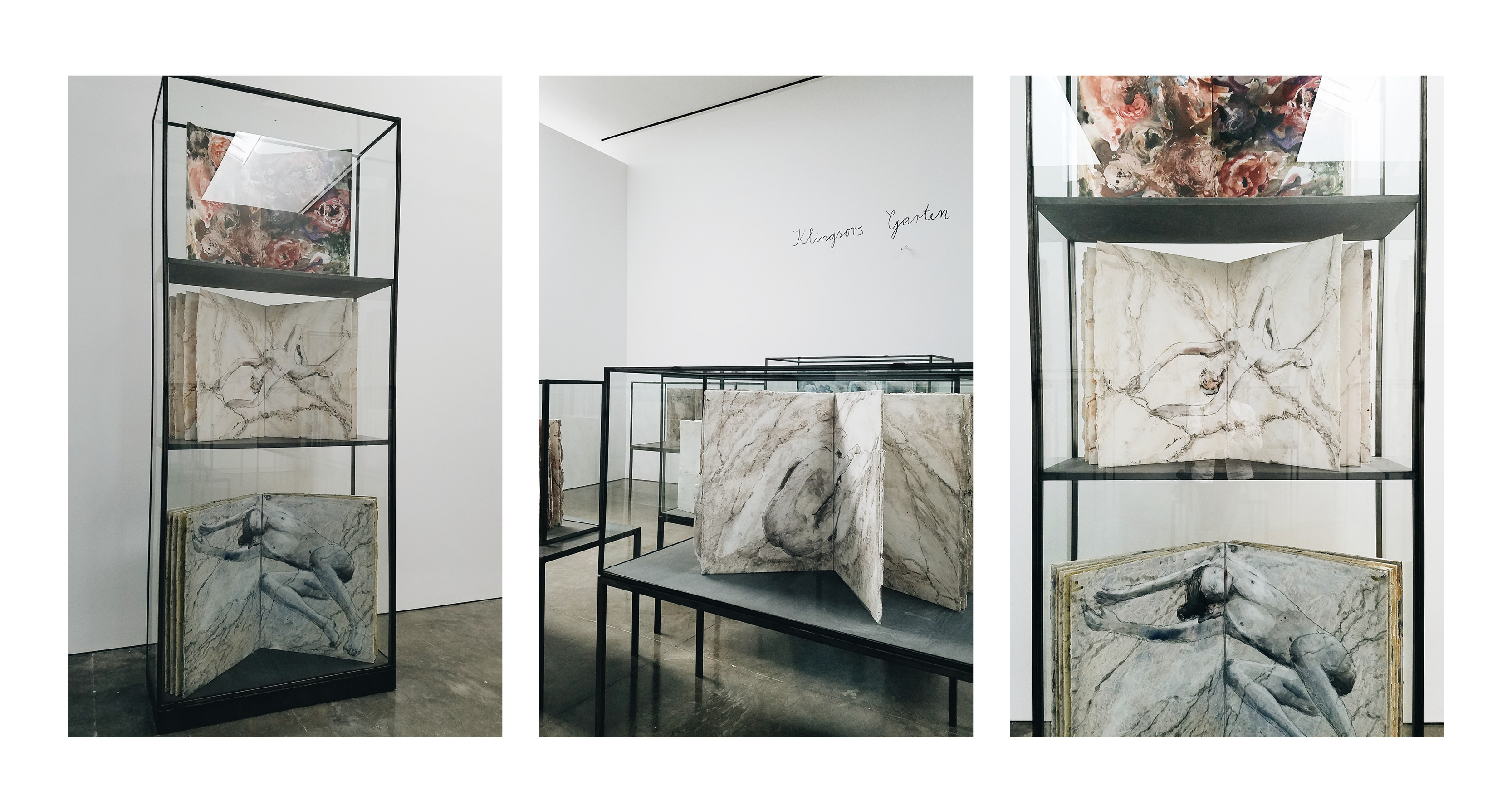I had already heard this name with Germanic accents, as if it was taken from a scary children's story, in the course of a conversation, while reading an article or scrolling on lnstagram. But I had never been confronted with Anselm Kiefer's work "in real life" before his exhibition Transition from Cool to Warm in New York. On the fingers of one hand, we can each count these "shows" that are upsetting and sometimes even change something deep inside us. I vividly remember Jean-Michel Basquiat's retrospective at the Musée d'Art Moderne in Paris in 2009, Bill Viola's videos at the Grand Palais, my first visit to the Dia:Beacon Foundation, the gigantic photos by Andreas Gursky... And then there was Anselm Kiefer at Gagosian in 2017.

Like most Thursdays when I lived in New York, I used to go for a walk in Chelsea, that neighborhood in the west end of Manhattan that the biggest names in the art world have moved into over the last few years. Unlike the rest of the city, this neighborhood is relatively quiet. Often, one finds oneself alone in the galleries, enjoying, for a very small moment, the ultimate luxury of silence, in a city as energetic and vibrant as New York City. So it is somewhat by chance that I push open the door to the immense space of the Gagosian Gallery and enter Anselm Kiefer's phantasmagorical world. Several monumental rooms follow one another, revealing watercolors, lead books, composite canvases... The artist-author, who is also a philosopher and historian in his own time, takes us with him on the peregrinations of his mind, where beauty and suffering mingle on the mythological themes of ruin, destruction, eroticism and the end of love.

Kiefer's works are so full of symbols, messages and stories, that it is sometimes difficult to disentangle one's own emotions from those of the "author", imbued between layers and brushstrokes. Apart from the watercolors, an elegant and colorful ode to femininity, I was particularly touched by a room dedicated to gigantic books of lead, painted in a texture imitating marble. These atlases of love, protected in glass cases, were covered with moving bodies and strange inscriptions. The references here are infinite, one thinks of Rodin, Picasso, Greek mythology, archaeological treasures from another millennium. But despite the seriousness of the subjects, the colors and the softness of the materials used suggest a return to the light. Kiefer, after years of darkness, finally makes this transition "from cold to warm", towards a construction, a foundation, a new beginning.

I've returned to this exhibition many times, and each time I've visited it, I've seen a new detail, a metaphor, a new allegory. So I suggest to those who have never seen Anselm Kiefer's work in person, to run to Le Bourget, where the German artist is exhibiting his latest work at Gagosian. Subject of our next walk.




